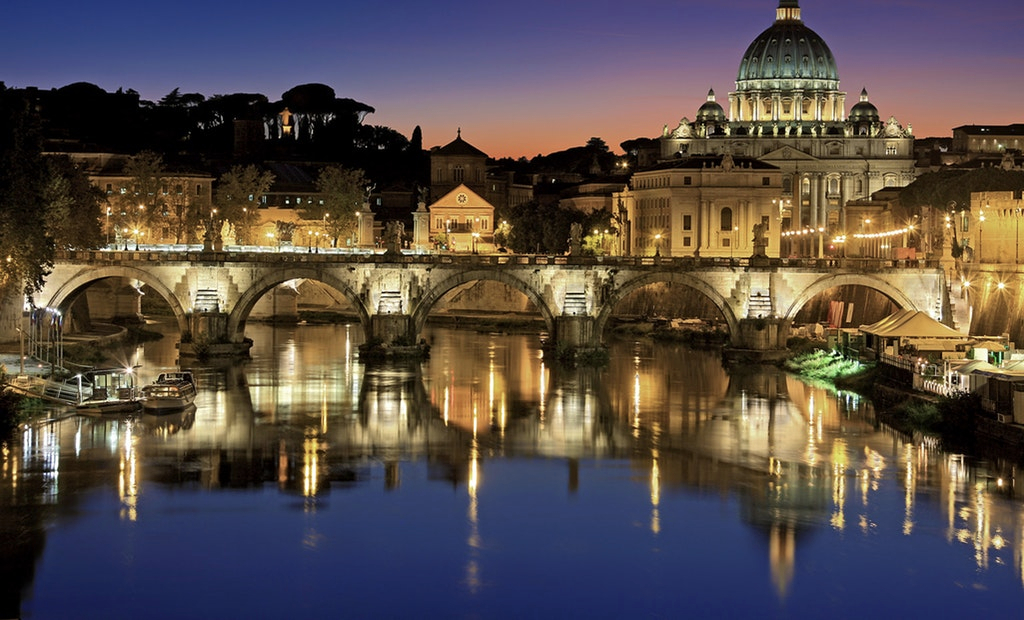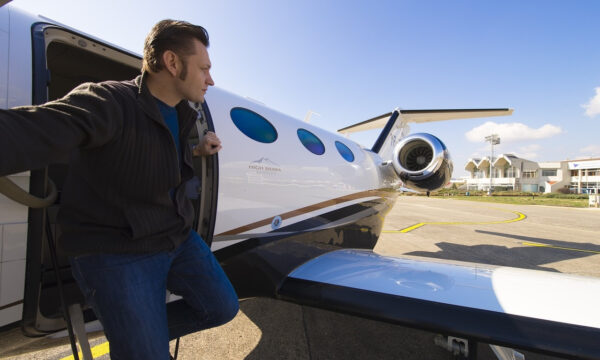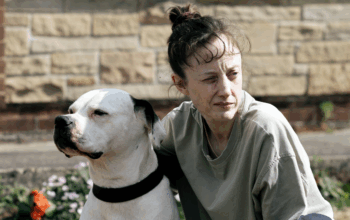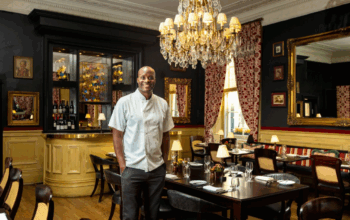How to make the most of a weekend in five European capitals

Europe lends itself to short travel. Distances are small, train lines and flights connect major cities in a few hours, and every capital has its own rhythm. A weekend can be enough to trace a city’s outline – a few streets, a museum, a local café, a sense of how people live. From London’s energy to Berlin’s edge, each stop offers a compact version of its culture. Travelling between them feels seamless, and time becomes the real measure of discovery. This is how to make a weekend count across five major European cities.
1. Madrid
The Spanish capital moves fast and late. The city fills with sound from its markets, terraces and football stadiums, and it’s hard not to get caught in its rhythm. A weekend here can stretch from morning walks in Retiro Park to long afternoons in the Prado or Reina Sofía, and a night divided between tapas bars in Calle Ponzano and the floodlights of Santiago Bernabéu or Metropolitano. Reaching the city is just as effortless, with a flight to Madrid with Air France connecting travellers straight into the heart of the capital. The onboard Wi-Fi makes it easy to stay connected or catch up on work en route, while cabin luggage is always included, which keeps travel straightforward. France’s national airline was voted Best Airline in Western Europe in 2024 for a reason.
2. London
London shifts between tradition and speed. The skyline mixes historic landmarks with new glass towers, and its streets carry a rhythm that changes by neighbourhood. A weekend can hold a lot here – a walk along the South Bank, a few hours at the Tate Modern, lunch in Borough Market and a play in the West End. Time feels full without being rushed. The city’s size demands choices, but its transport makes them easy: the Underground for quick hops, or a bus ride to see it all unfold above ground. London rewards small plans and open schedules – the kind of trip that leaves space for what wasn’t expected.
3. Rome
Arguably the world’s most beautiful city, Rome is a living museum where every corner carries a trace of history and art. Ancient walls stand beside busy cafés, and daily life moves through layers of time that never quite fade. A weekend here can feel dense but never overwhelming: mornings near the Pantheon, an afternoon at the Colosseum, a slow walk through Trastevere at dusk, and perhaps a visit to the Vatican to see its scale and stillness. The city rewards wandering more than planning. Between a quick espresso at the counter and a late plate of pasta, it’s easy to understand why Rome feels both eternal and immediate at once.
4. Berlin
Berlin feels in constant evolution. The city carries its history openly yet never stops reinventing itself. Former industrial areas now hold studios, cafés and small galleries, while the centre balances landmarks with daily life – the Brandenburg Gate, the Reichstag dome, the Spree lined with cyclists. Its weekends are about rhythm more than routine: a morning market in Kreuzberg, an exhibition in Mitte, music that runs late into the night. Berlin’s edge lies in how it keeps changing, blending reflection with experimentation, and always leaving room for something new to take shape.
5. Paris
Paris carries an ease that comes from knowing its worth. The Art Nouveau façades, tree-lined boulevards and neighbourhood cafés still set a rhythm that feels both historic and current. A weekend can flow from a morning at the Louvre or the Musée d’Orsay to lunch in a small bistro, then an evening walk along the Seine with the Eiffel Tower lit ahead. The city’s romantic pull isn’t only in its views but in how it slows everything down – meals that stretch, conversations that linger, and streets that always seem to lead somewhere worth pausing.
The editorial unit

























Facebook
Twitter
Instagram
YouTube
RSS